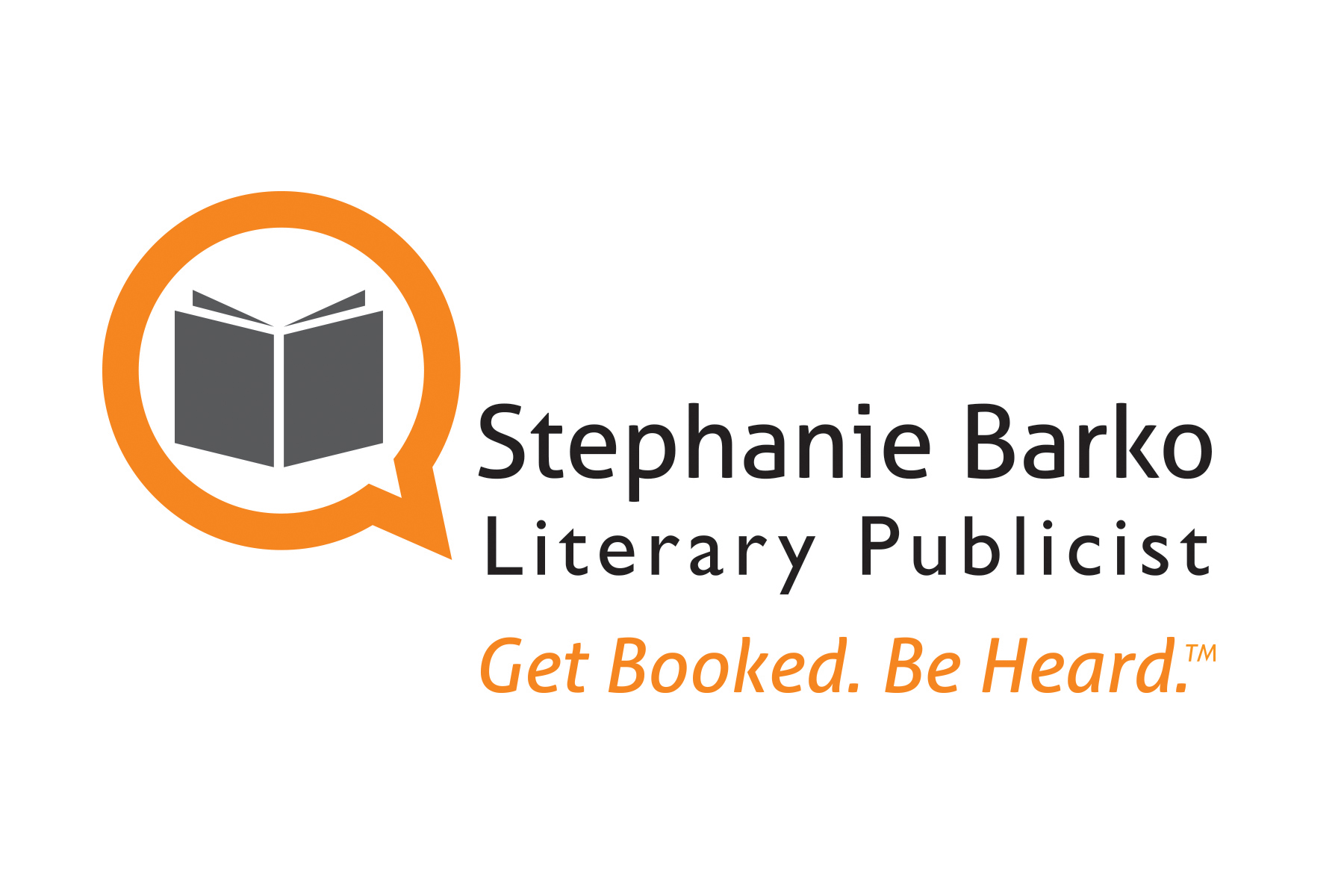I am pleased to announce a strategic partnership with Stephanie Barko, a literary publicist specializing in pre-pub adult nonfiction & historical novels. Stephanie’s award-winning clients include traditional publishers and their authors, small presses, and independently published authors. Follow Stephanie on Facebook for more book marketing tips or schedule a phone consult. Enjoy her guest post – and let her know I sent you!

New Book or Second Edition?
by Stephanie Barko
An author from one of my book marketing workshops called to discuss a nonfiction project she was considering publishing. She had written five new chapters for a women’s self-help book that she released 15 years ago. Almost immediately, we were looking at which was more advantageous to publish, a second edition to her first book or the release of a new title.
The amount of additional material she had written qualified her project as a second edition. However, I advised her to release her new project as a stand-alone book. Why?
New Books Sell
If you can say a book (or anything at all) is new, that moniker helps its sales. “New” is a high-ranking keyword and creates buzz for whatever new describes. Overall, consumers prefer new to used by a long shot. While the author can go back to buyers of her first edition and offer them her second, a better strategy is to issue a new release in at least two formats, especially if her intention is to add readers to her base.
New Books Get Reviewed
The author’s new publication will have an easier time acquiring reviews than her second edition. While all review houses will accept a galley of a new upcoming book 120 days prior to release date, that is not the case for second editions and reprints. A book is required to have a unique ISBN and professionally designed front cover — along with excellent editing — when an author seeks pre-pub reviews.
New Covers Sell Books
Ask any designer and you will learn that book design runs in trends, just like interior design and fashion. If the cover of the first edition is no longer on trend, a new design can help the second book sell better. If the author did not arrange for the first book’s front cover to be designed as the lead title in a series, new unifying cover designs are probably better for branding and marketing purposes.
Although updating older material into a second edition may be easier and less expensive, think first about whether that will expand your audience and attract reviewers. You may find that additional editing and a fresh book design are well worth the investment.
